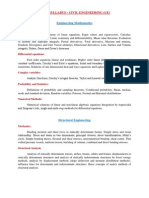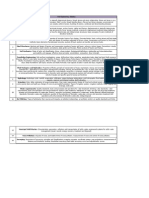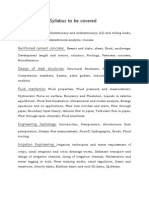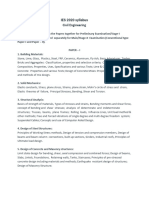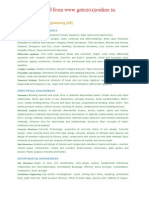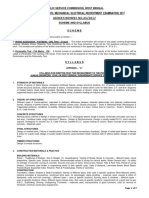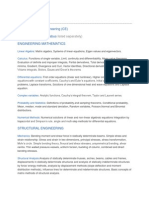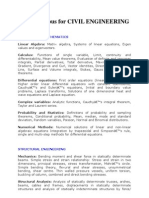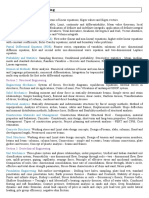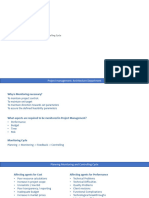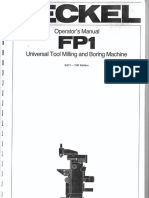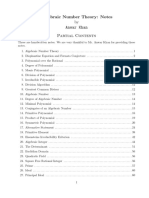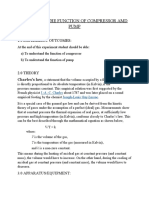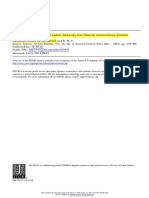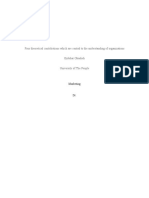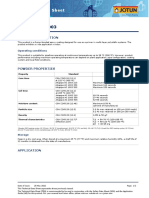0% found this document useful (0 votes)
18 views4 pagesSYLLABUS
The syllabus outlines key topics for Civil Engineering exams, including Mechanics of Solids, Structural Analysis, Fluid Mechanics, and Environmental Engineering. It covers essential areas such as construction management, geotechnical engineering, and transportation engineering. Each section details specific concepts, methods, and design principles relevant to civil engineering practice.
Uploaded by
j6vf56wj6vCopyright
© © All Rights Reserved
We take content rights seriously. If you suspect this is your content, claim it here.
Available Formats
Download as PDF, TXT or read online on Scribd
0% found this document useful (0 votes)
18 views4 pagesSYLLABUS
The syllabus outlines key topics for Civil Engineering exams, including Mechanics of Solids, Structural Analysis, Fluid Mechanics, and Environmental Engineering. It covers essential areas such as construction management, geotechnical engineering, and transportation engineering. Each section details specific concepts, methods, and design principles relevant to civil engineering practice.
Uploaded by
j6vf56wj6vCopyright
© © All Rights Reserved
We take content rights seriously. If you suspect this is your content, claim it here.
Available Formats
Download as PDF, TXT or read online on Scribd
/ 4








